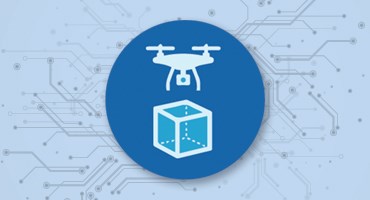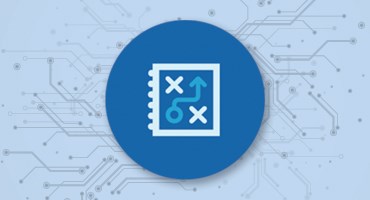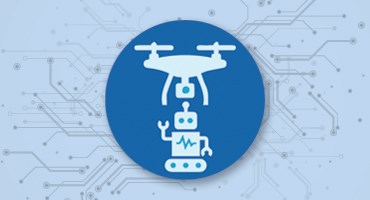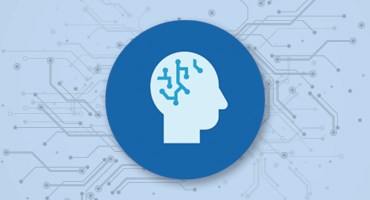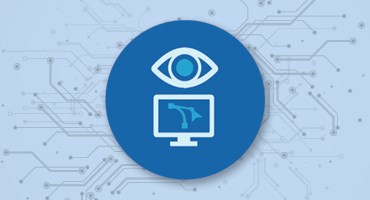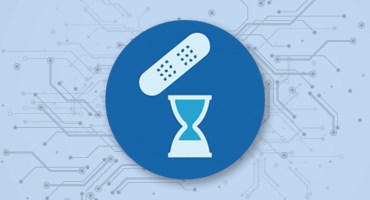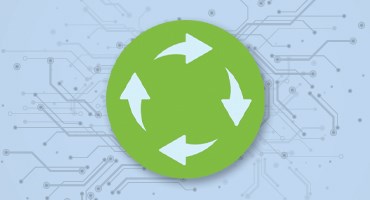
Digital concrete inspections
Our service allows you to use high-resolution images, from UAV/drones or handheld cameras, to map damage of inspected objects (e.g. bridges, dams, power plants and water towers, etc.) across your entire facility. INTELLIGENT INSPECTION of Concrete uses AI to automatically detect, classify and map the damages, down to cracks as small as 0.2 mm wide.
AI image processing and 3D visualization give you an excellent overview of the health status of the concrete structure and serve as a tool for Asset Management experts to predict and plan future actions. It is possible to automatically monitor the development of damage and put the right measures in place in good time. Benefits include major cost savings and an extended service life for your facility.
Welcome to INTELLIGENT INSPECTION by Kiwa – in partnership with Spotscale.
- Saves time and expense
- Automated damage monitoring
- Safe working environment
- Automated & quality-assured technology
Do you manage concrete facilities that require high levels of personal safety and operational availability? AI technology is here to help you!Pär Ljustell, PhD & Product Manager Digital Concrete Inspections
Digital inspections bring greater reliability
What are the benefits of digitalized concrete inspection if you are responsible for operation and maintenance or safety relating to concrete structures? The table below highlights some of the significant differences and gains compared to a manual inspection.
| Testing services | Manual | Automated |
| Detection target 0.2 mm | Yes | Yes |
| Reduced health and safety risks | No | Yes |
| Inspection speed | 1x | 10x-100x |
| Automated damage positioning | No | Yes |
| Digital damage archiving | No | Yes |
| Automated damage monitoring | No | Yes |
| Predict damage development over time | No | Yes |
| Greater chance of finding damage with less variation in outcomes | No | Yes |
The system gives you access to a detailed information database in the form of a digital twin of your facility. The virtual 3D model serves as an information carrier on the status of the concrete surfaces since all the different types of manufacturing defects or service-induced damage are visually accessible and measurable. This gives you full transparency, as well as an overall understanding of the facility’s status and the assessments Kiwa has produced for you. The technology is well suited to automated follow-ups and calculations over time, for example by mapping the damage onto a 3D structural analysis model.
The advantage of a digitalised workflow is that the information is available to other related systems, allowing for the creation of digital processes where information exchange is crucial. The information is also traceable and linked to a time and georeference. Information from new inspections can easily be added to the model, and this is not restricted to the documentation of the surface. Testing using volumetric methods such as ultrasound and radar can also be linked to the model.
Kiwa’s INTELLIGENT INSPECTION of Concrete service is rooted in our experience and expertise regarding testing methodologies for critical infrastructure. We also understand and can meet all the information management requirements concerning data security and confidentiality.
News Articles
The world’s first 3D AI recognition system for large concrete structures
Last year Kiwa and Spotscale entered into a partnership agreement for the development of the inspection technology of the future, one that uses AI to predict the lifetime of concrete structures.



